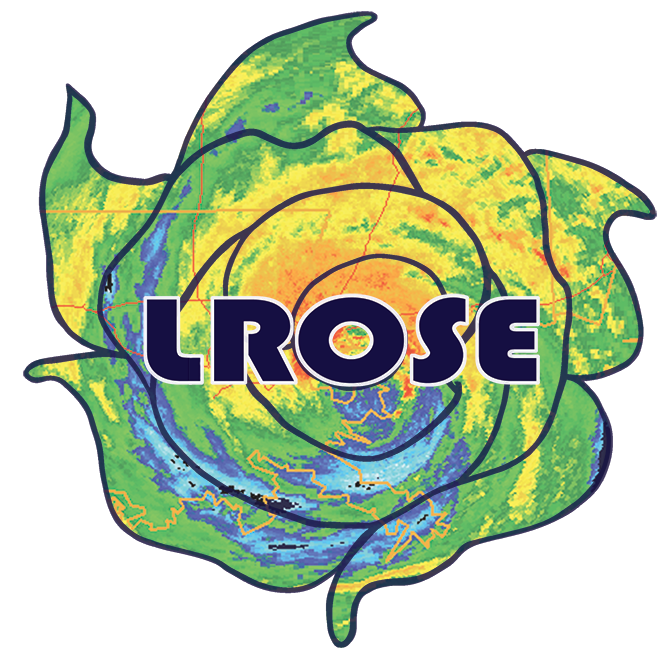The first LROSE release is called "Blaze" (a climbing rose) and encompasses six key toolsets that define a core lidar/radar workflow: Convert, Display, QC, Grid, Echo, and Winds
Blaze can be used from a 'Virtual Toolbox' using Docker and a wrapper script, or compiled in C++ for native apps on Linux or Mac. Preliminary support is available for some tools on Windows.
Full documentation for Blaze is available on the LROSE website
We encourage users to register in order to receive critical software updates, and sign up for the mailing list to help build the LROSE community.
Help can be obtained by posting issues directly to the lrose-blaze Github repository, via our help mailing list, or Gitter user forum.
LROSE is a co-operative project between:
- Dept. of Atmospheric Science at Colorado State University (CSU) and the
- The Earth Observing Lab at the National Center for Atmospheric Research (NCAR).
LROSE is funded by the National Science Foundation.
Blaze focuses on high-quality, well-tested, well-maintained and well-documented key applications as ‘building blocks’, allowing users to assemble trusted, reproducible workflows to accomplish more complex scientific tasks.
In the current release, the following tools are available:
- RadxPrint - Query files to determine properties and support by the Radx engine
- RadxConvert - Convert 24 different lidar and radar formats to CfRadial NetCDF format
- RadxBufr - Convert Bufr format to CfRadial NetCDF format
- HawkEye - Real-time and archive display suitable for both scanning and vertically pointing radars.
- Radx2Grid - Gridding and interpolation of ground-based radar data
- 3-D Cartesian gridding (x, y, z)
- Cartesian PPIs (x, y, elevation)
- Regular polar grid (range, azimuth, elevation)
- RadxKdp - KDP and Attenuation calculations
- RadxPid - KDP, Attenuation, and Particle Identification
- RadxRate - KDP, Attenuation, PID, and Rain Rate
- RadxQpe - Accumulated Quantitative Precipitation Estimation
- RadxEvad - Extended Velocity Azimuth Display single-Doppler retrieval
- FRACTL - Fast Reorder and CEDRIC Technique in LROSE multi-Doppler retrieval
- SAMURAI - Variational multi-Doppler retrieval and analysis package
Blaze is considered a 'stable' release, with ongoing bug fixes and limited feature addition to ensure maximum reproducibility. New development is occurring in the "Cyclone" release series.

